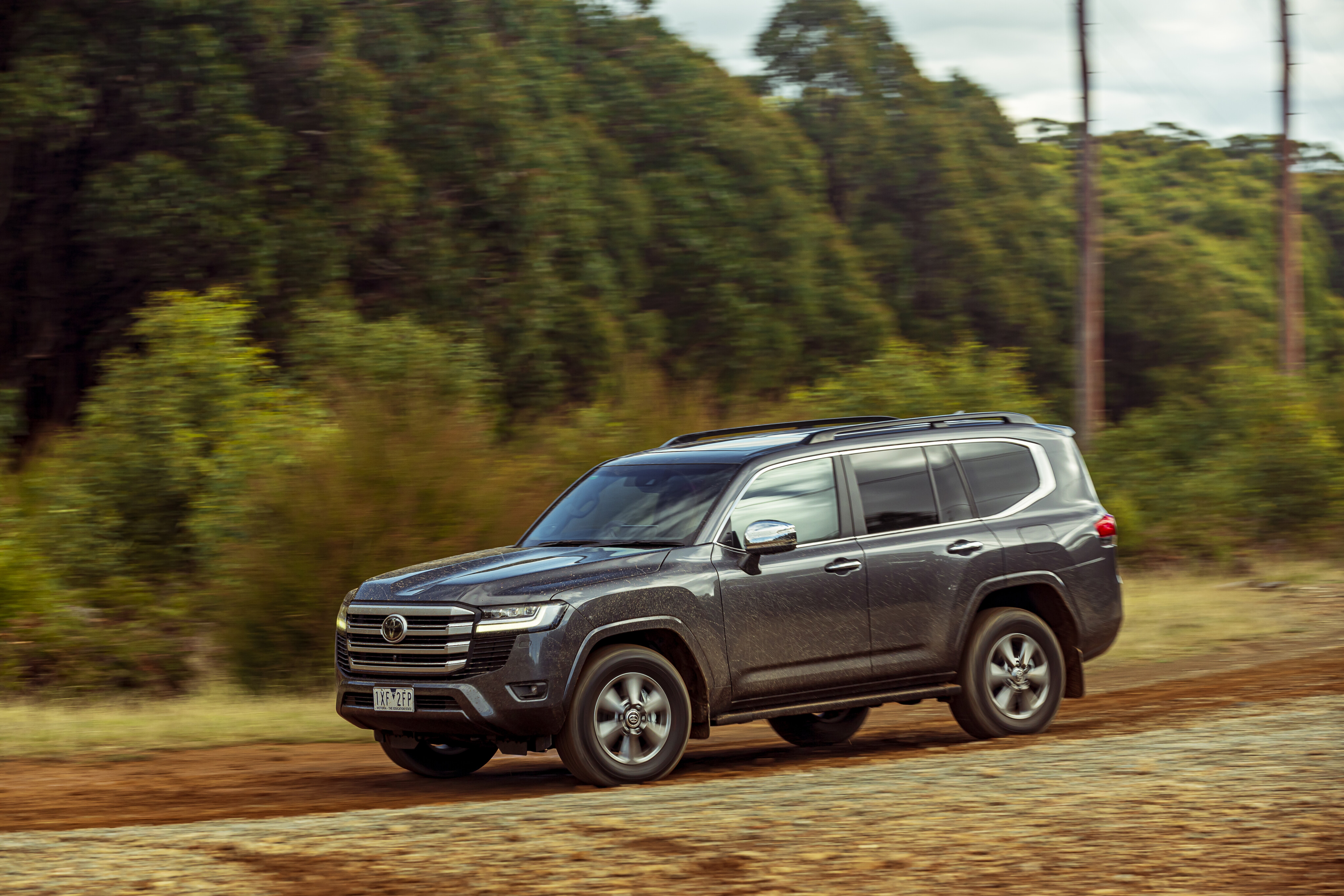
With plenty of fuel-efficient hybrids in the small and medium segments, Toyota is one of the better-prepared brands under Australia's looming New Vehicle Efficiency Standard (NVES).
Toyota Australia is ultimately for NVES, and while Option B suits the brand’s passenger cars and light SUVs, it’s worried about the effect on its larger models.
Australia’s best-selling brand is angling for some changes in its upcoming submission.
Chief among which is a recategorisation of large SUVs, such as the Fortuner, Prado and LandCruiser 300, into the light commercial vehicle category to more closely mirror the United States’ approach.
"If the fines are imposed, those cars are going to go up. Those people don't have an alternative right now in any other car."
The government's current preferred 'Option B' requires an average annual CO2 reduction of 12.2 per cent for passenger cars and 12.4 per cent for LCVs between 2025 and 2029.
Toyota Australia's sales and marketing boss Sean Hanley is worried about leaving customers behind in Australia – specifically, those who need LandCruiser wagons for work and trade.
"The change points as we see it now are that a LandCruiser wagon, for example, is now under the passenger target. Now we know that in some cases – it's true – people use them as city cars and they go out and pick children up and go on holidays, we know that.
"But there's also an awful lot of people that use them for work or live in rural areas where they drop kids 40-50kms to bus stops, go and pick them up on dirt roads," said a typically impassioned Hanley.

Hanley nods to the continued reliance on 70 and 300 Series LandCruiser wagons in sectors that uphold Australia's economy.
"They're used for agriculture, mining, transportation of workers to and from mine sites; they're used for business. So they are actually commercial vehicles.
"So I think when you take [LandCruisers] out of the light commercial vehicle segment and put them into passenger – and the passenger target is significantly less than the LCV target – it's not right. This is going to hurt people in regional and rural Australia.
"If the fines are imposed, those cars are going to go up. Those people don't have an alternative right now in any other car," concluded Hanley.

Hanley said Toyota is also interested in pushing back the mandate for light commercial vehicles, noting it will be challenging without technology such as plug-in or series-parallel hybrids in its most popular vehicle, the HiLux ute.
“Many customers will have little choice but to hold onto their vehicle for a lot longer," he said, suggesting this will ultimately undo any good the NVES does.
There's intense debate surrounding this topic, with some schools of thought suggesting that driving well-maintained and efficient existing vehicles for longer does more to offset emissions than regularly buying barely more efficient new ones.
Regardless of the specifics, Hanley was keen to point out that Toyota is pro-NVES, going as far as saying that 'Option A' is totally out of the question due to how weak it is.
However, he promised that if super-credits are implemented, the brand would rather get hit with fines and the money go to the government than pay Tesla or any other brand it does not have a stake in for carbon credits.
The Federal Government's New Vehicle Efficiency Standard is open for final feedback until 4 March. Toyota Australia continues to model and study the effects of proposed standards with its proposals to be revealed in detail next month.

COMMENTS